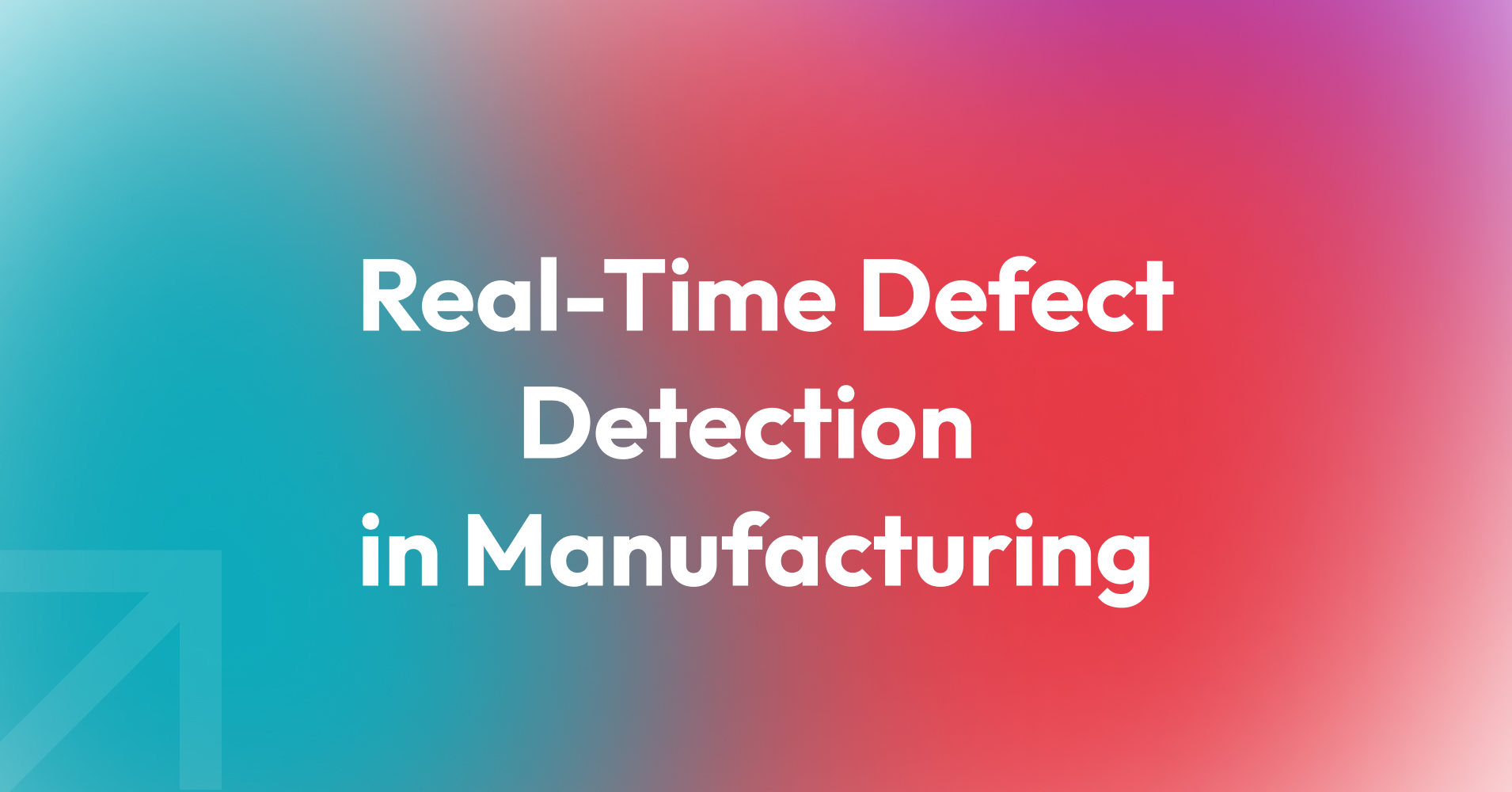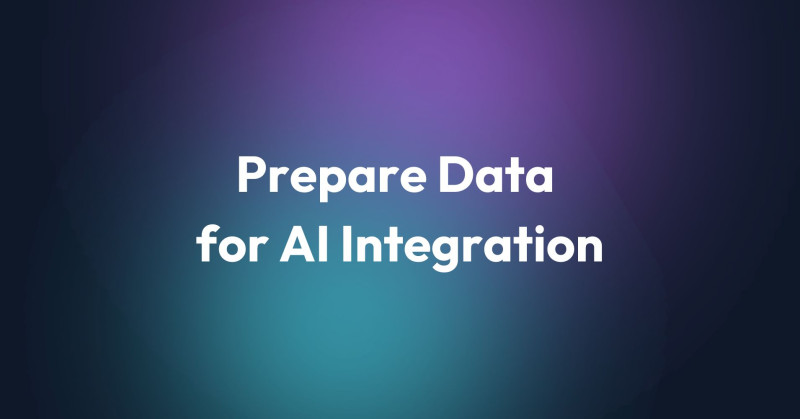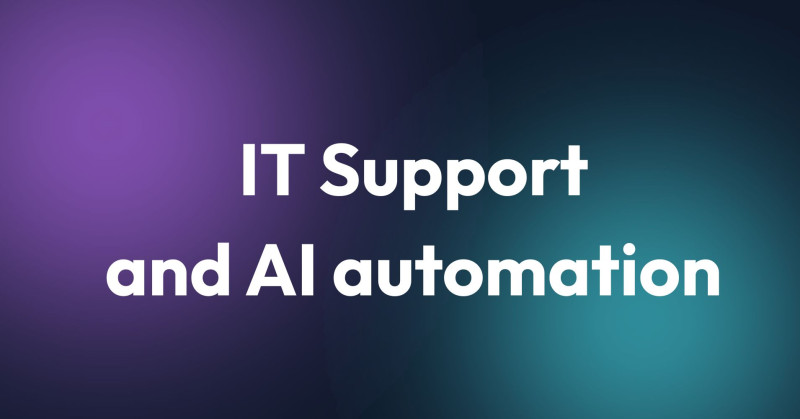AI-powered defect detection is revolutionizing manufacturing. Traditional visual inspection systems rely on rigid rules and are prone to false positives or missed defects. Enter AI agents: systems capable of learning from visual data, adapting to product variations, and flagging anomalies in real-time. Here's how modern production lines use them effectively.

Why AI Agents Are Game-Changers in Quality Control
Manufacturing environments require speed, consistency, and precision. AI agents offer major benefits:
Identify micro-defects invisible to the human eye
Reduce false positives compared to rule-based systems
Learn and adapt to new product types or batch variations
Operate 24/7 without fatigue or bias
According to Capgemini, manufacturers using AI-driven quality control report up to 50% reduction in inspection time and 30% fewer defects reaching customers.
How Real-Time Defect Detection Works
Modern AI agents for defect detection combine:
Computer Vision Models: CNNs or transformers trained on labeled defect datasets
Edge Deployment: Models run on local devices next to cameras for real-time inference
Data Pipelines: Continuous capture, labeling, and retraining using defect and OK samples
Alerting Systems: Anomalies trigger alarms, halt production, or route defective items
The result is immediate detection with minimal latency and high repeatability.
MVP for AI-Powered Inspection
To get started without full-scale automation, focus on a single product or defect type:
Collect 500–1000 labeled images (defect + OK)
Train a lightweight vision model (e.g. YOLOv8, MobileNet)
Deploy on an edge device connected to a camera
Set up a basic alert or dashboard system
Delivery time: 4–6 weeks for a functional MVP. ROI becomes measurable as false rejects drop and manual re-checking decreases.
Common Challenges and How to Solve Them
Data Labeling: Time-consuming. Use semi-automated tools and active learning loops.
Class Imbalance: Most samples are “OK.” Use oversampling, synthetic data, or anomaly detection models.
Changing Conditions: Lighting, angles, or dust. Use domain adaptation techniques or fine-tuning.
Factory Integration: Must work with PLCs, MES, or SCADA. Choose hardware and protocols accordingly.
Example: Electronics Assembly Line
A contract manufacturer deployed an AI agent for PCB solder joint inspection. After 2 months:
Inspection time cut by 41%
95%+ detection accuracy on minor solder defects
3 fewer customer returns per 1000 units
Why Now Is the Right Time
Edge AI hardware is affordable, open-source vision models are powerful, and pretrained datasets are available for many industries. As quality demands grow and labor remains scarce, AI-based visual inspection is fast becoming the default.
Final Thoughts
AI agents for real-time defect detection bring a step-change in how manufacturers manage quality. By starting small and scaling with feedback, companies can unlock automation with fast ROI — while boosting both throughput and precision.
FAQ
What kind of defects can AI agents detect?
Surface scratches, dents, discoloration, missing parts, deformations, soldering faults, and many others — depending on training data.
Do AI models need retraining often?
Only when product or process changes occur. Active learning pipelines help automate this.
What hardware is needed?
Industrial cameras + edge devices (e.g. NVIDIA Jetson, Intel NUC) + local storage and network access.
How do AI agents integrate into existing lines?
Via digital I/O, OPC-UA, or integration with MES/SCADA. Modern systems are designed for drop-in upgrades.
Is this cost-effective for small factories?
Yes. Even a single defect detection agent can reduce rework, improve traceability, and pay back in under 6 months.





















